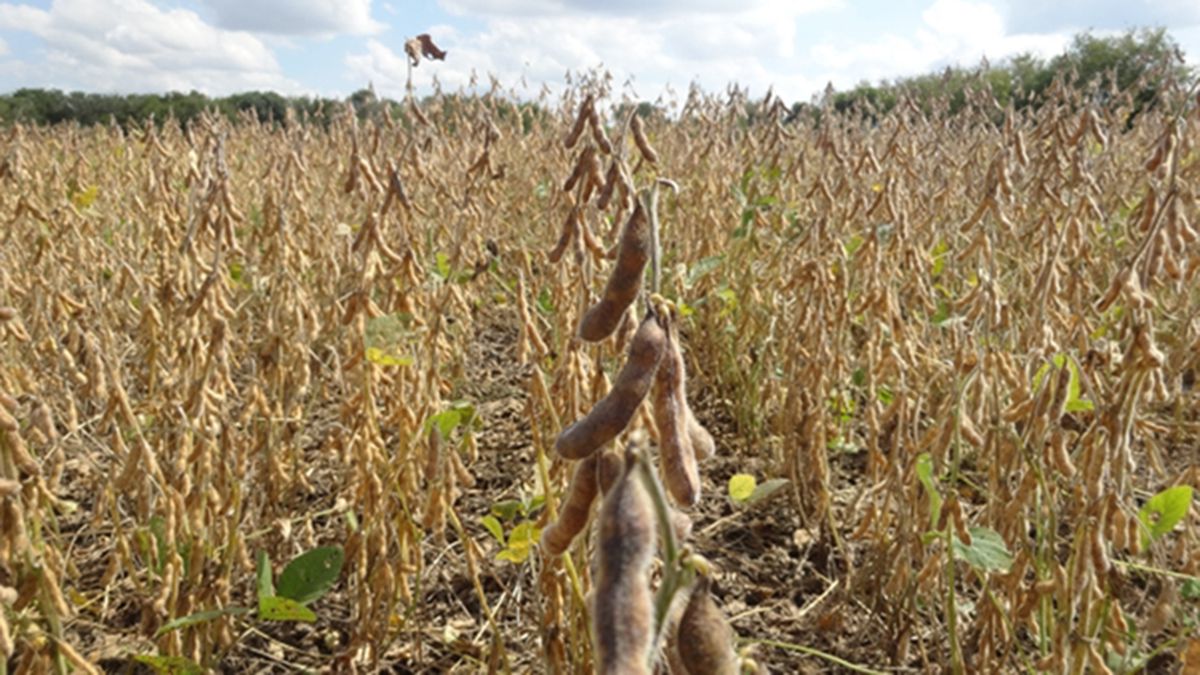The impact of the drought in agricultural production, the exchange difference with Argentina and weak trade with China were the three main heterogeneous shocks that the economy has faced in recent months. Uruguayan Economy, according to the latest macroeconomic bulletin of the Development Studies Center (CED).
In the survey, the CED He highlighted that, firstly, the weakness of demand from China and the reversal of the commodity price cycle compromised the economy. This is reflected in the drop in soybean exports, that this year 56 million dollars entered the country last July, against 353 million dollars in the same month of 2022, according to data from Uruguay XXI.
In the same line, they put the magnifying glass on the nominal instability of Argentina and the difference in relative prices, which increases in full escalation of the Dolar blue in the neighboring country, with maximums that took it to 780 Argentine pesos, which placed the price gap by at least 199%.
With respect to drought, the report put the magnifying glass on its impact on the agricultural production, power generation and metropolitan drinking water consumption. It is that millionaire losses are estimated in agriculture due to this situation, which later led to a water crisis that today seems to give truce to Montevideo and Canelones.
CED graph.jpg
What will happen to economic activity in the second semester?
During the first quarter of the year, the economy left behind the contraction phase that it went through in the second half of 2022 and seasonally adjusted GDP grew 0.9% compared to the previous quarter.
For the second quarter, it would have suffered a small contraction due to the impact of the drought in the harvest of soy, which was estimated at about a third of what it was in the 2021-22 harvest, observed the CED, In addition to the lower consumption associated with agricultural services and the decrease in exports of goods measured in volume.
However, in his survey he indicated that “in the second half of the year, a greater dynamism of the activity is expected in line with a sustained growth of private consumption and the positive dynamics of public and private investment”, despite the end of The works of PSU 2 and its related infrastructure.
For CED, “Both factors will underpin growth in 2023 and 2024.” In this way, the report estimated moderate growth of 1.1% on average for 2023, while in 2024 it believes that there will be “a rebound in activity, with expected growth of 3.6% after the reversal of the supply shock of the drought and some normalization of the demand for China”.
In this sense, the survey considered “important to note that the impact of the planned closure of the refinery of ancap will remain approx. 0.4% of GDP between 2023 and 2024, although its impacts will depend on its possible delay in the start of the works and/or a greater extension with respect to what was contemplated due to union conflicts”.
Source: Ambito




